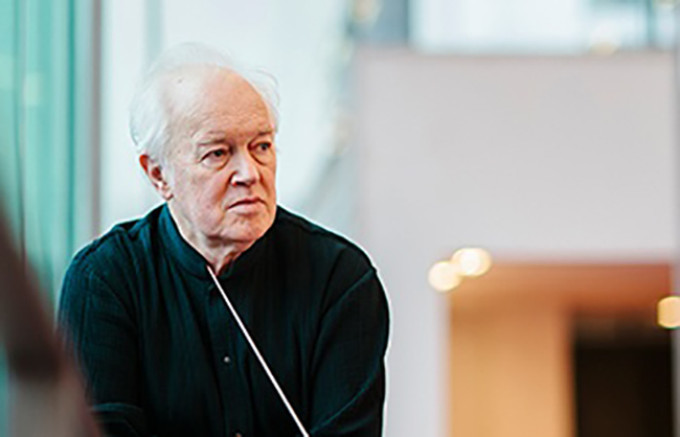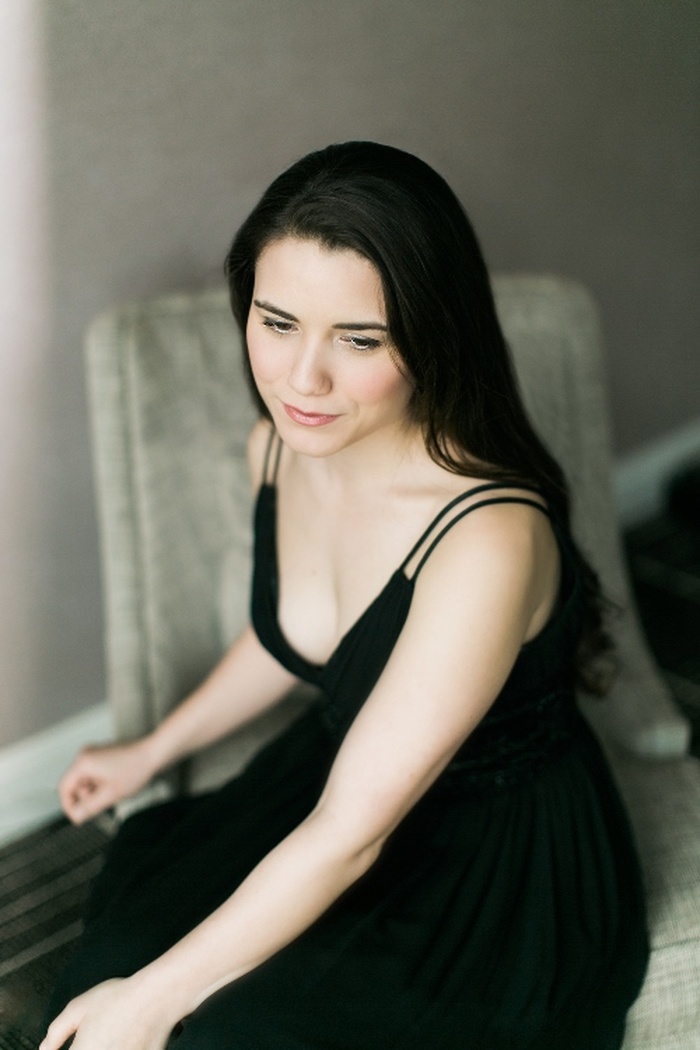Review: EDO DE WAART AND THE SAN DIEGO SYMPHONY at Jacobs Music Center

Edo de Waart began his official tenure as The San Diego Symphony Orchestra's Principal Guest Conductor with a program of three 20th Century works of, to receptive listeners, quiet reassuring beauty. The concert opened with "The Walk to the Paradise Garden," a between-scenes interlude from British composer Frederick Delius's opera A Village Romeo and Juliet. The interlude's gentle soothing melodies and pace are the exact opposite of those of the boisterous overtures that more typically open a concert. Just about any of Delius's music will sooth the savage breast. Extreme examples could be used to sedate patients before surgery. With that, I fear my bias shows, though I admit de Waart elicited beautiful playing and affectionate warmth in Thomas Beecham's arrangement. Lush and molasses-like as it is, it's hard to believe the arrangement was written so that the piece could be performed by a smaller orchestra than the oversized one Delius originally wrote it for, but it's true.
De Waart chose an effective chamber-orchestra size for Knoxville, Summer of 1915 by American composer Samuel Barber. The text, sung by the young soprano Joélle

Harvey, is excerpted from a poem by James Agee that describes feelings evoked by his memories of a day with his family when he was a child. Other than a moment when she lingered a bit behind the orchestra while caressing Agee's words, Harvey sang with precision and clarity, seeming to feel every emotion intended with perfect phrasing and ideal dynamics. (Although, regarding the latter, I hope a rumored project to improve hall acoustics becomes a reality. How well softer passages sung or played by a guest soloist can be heard over the orchestra depends too much on seat location.)
At this point, lovely as the playing and sounds were, I began to feel a bit of a curmudgeon for not appreciating either of the first two pieces on the program, especially Barber's, which is not infrequently described as one of the most beautiful ever written by an American composer. Those who love it are puzzled about why it isn't performed more often. I believe it's because the vocal melody-line, which suggests the innocent and naive thinking of a five-year old, is neither especially memorable or beautiful. Those who adore the piece may be reacting to its nostalgic mood and touching backstory more than the music itself. Agee was remembering his father and family as they were when he was five. His father died in an automobile accident a year later. De Waart again led a performance that featured rich strings and excellent solo work by horn and woodwind soloists. But, if you are looking for some of the most beautiful melodies ever written by an American or anyone else, try the Barber violin concerto.
Mahler's fourth, his least neurotic symphony and one of my favorites among his completed nine, was an ideal choice to spice the program without straying very far from the mood of the previous two pieces. The symphony includes a part in the fourth movement which called for the return of Soprano Joélle Harvey. Her luscious voice well suits the angelic innocence of both Mahler's symphony and Barber's Knoxville, Summer of 1915. It's no wonder that her performance schedule is crowded.
Concert Master Jeff Thayer, Principal French horn Benjamin Jaber, and English Horn player Andrea Overturf were outstanding in solo passages. De Waart led with unostentatious authority to produce a satisfying performance with attention to detail, well-judged dynamics and excellent balances between sections.
Visit the Symphony website for season schedule and ticket information.
Photos compliments of San Diego Symphony.
Reader Reviews

Videos
